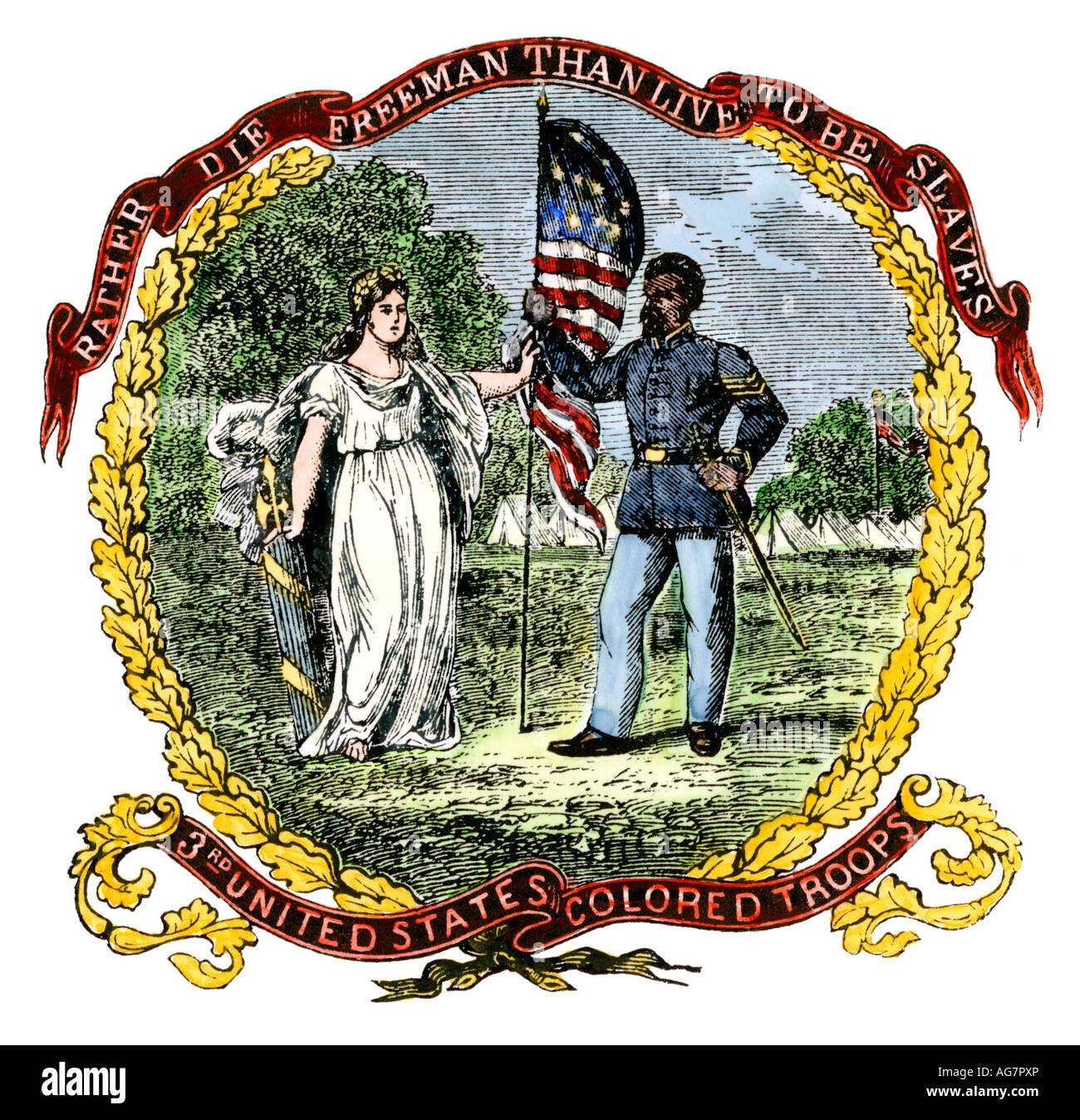

In the summer of 1863, the Confederate army was reeling from a string of losses in the Western Theater, while the success of the Tullahoma Campaign bolstered the confidence of Union Maj. President Abraham Lincoln knew that if his army could capture Chattanooga, vital Confederate supply lines would be severed, and the war would be closer to an end. It was the crossroads for four major railroads. The small city of Chattanooga, with 2,500 inhabitants, lay on the banks of the Tennessee River where it cut through the Appalachian Mountains. Chickamauga was the second bloodiest battle of the Civil War, ranking only behind Gettysburg, and was by far the deadliest battle in the Western Theater. At the end of a summer that had seen disastrous Confederate losses at Gettysburg and Vicksburg, the triumph of the Army of Tennessee at Chickamauga was a well-timed turn-around for the Confederates, but it came at a great cost. After two days of fierce fighting, the Rebels broke through Union lines and forced the Federals into a siege at Chattanooga. The Confederate army secured a decisive victory at Chickamauga but lost 20 percent of its force in battle. Saved Land Browse Interactive Map View active campaigns.Stop the Largest Rezoning in Orange County History.Support the American Battlefield Protection Program Enhancement Act.Protect the Heart of Chancellorsville Battlefield.


Help Preserve 32 Acres at Chickasaw Bayou and Champion Hill.Don’t Let Data Centers Destroy the Wilderness.Help Preserve 29 Acres at Gettysburg & Second Deep Bottom.Virtual Tours View All See Antietam now!.National Teacher Institute July 13 - 16, 2023 Learn More.USS Constitution In 4 Minutes Watch Video.African Americans During the Revolutionary War.The First American President: Setting the Precedent.


 0 kommentar(er)
0 kommentar(er)
